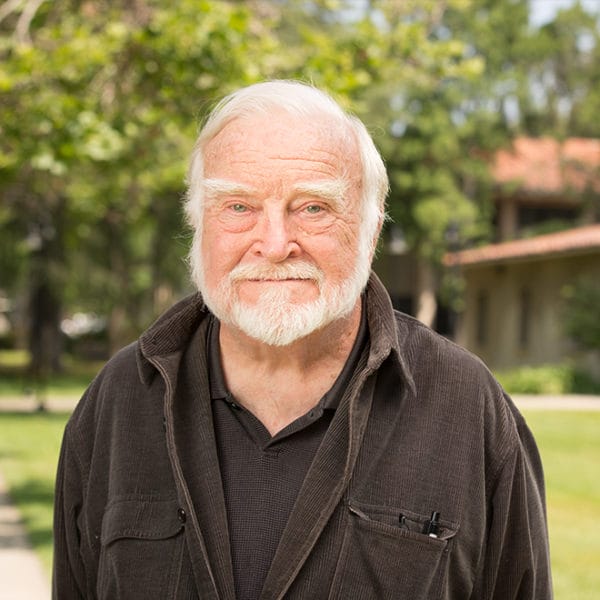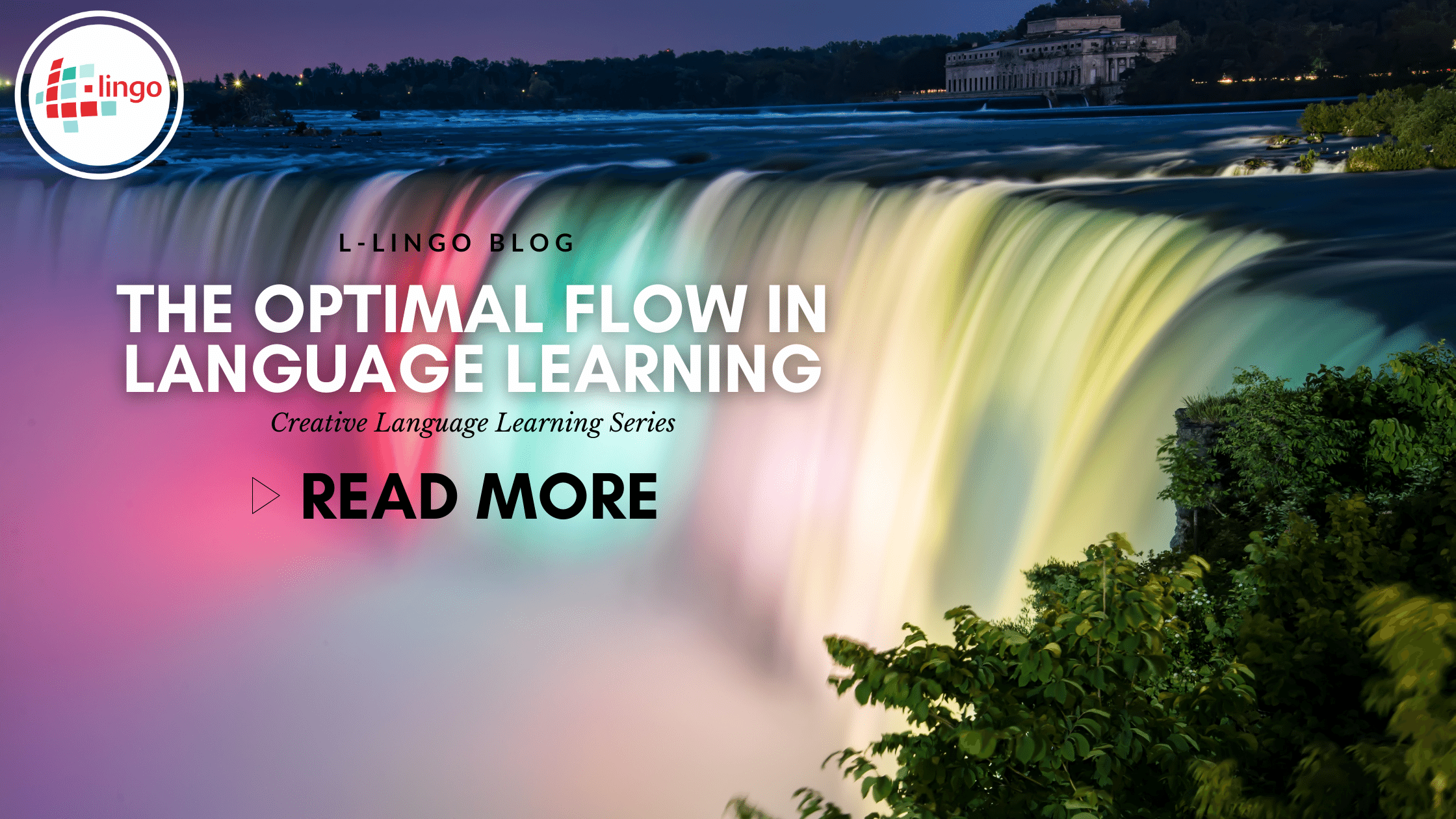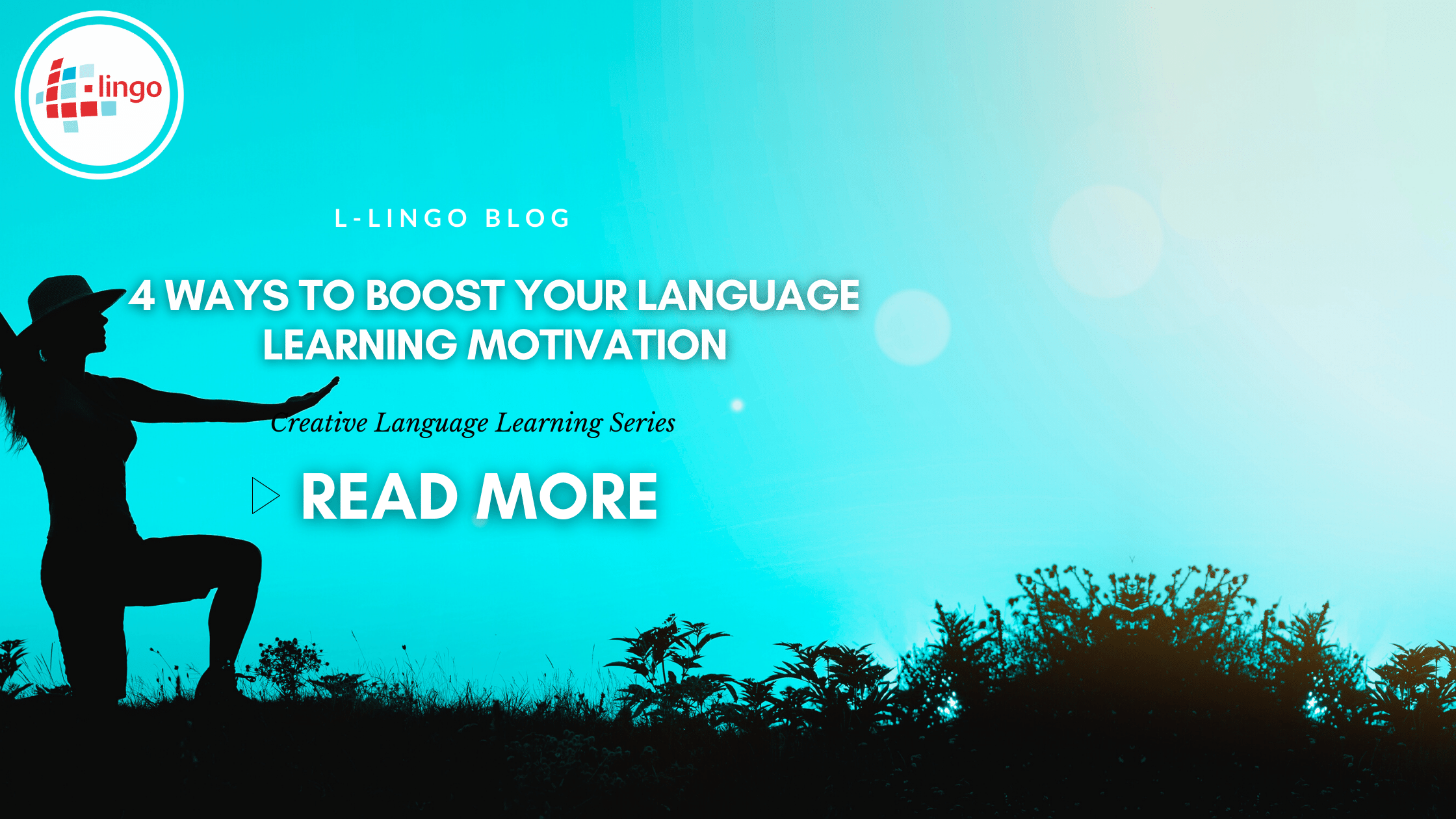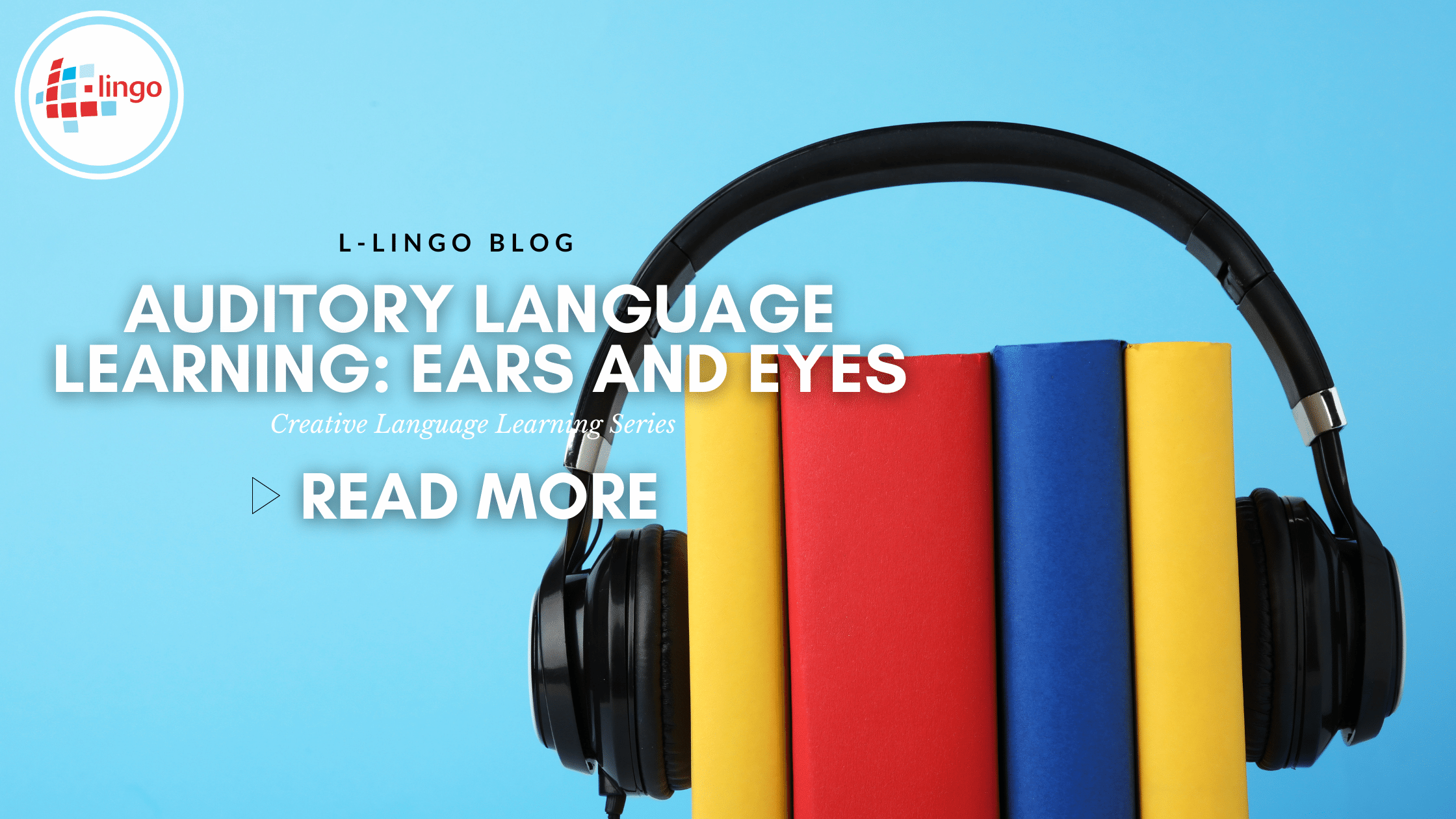Do you wish, you could learn a hard language effortless and just on-the-fly? In this L-lingo premium article, we’ll be discussing an immensely powerful method of thought that can be used to achieve anything in life. The mind is powerful, and learning how to use it to its full extent will put you in the highest realms of language learning.
Did you know that there is a term called the Optimal Flow in psychology? This ‘flow’ is the embodiment of complete immersion in an activity and isn’t easily achieved either. In language learning being in the ‘Optimal Flow’ state will gain you the advantage of being connected with every single aspect of the language; sound, rhythm, grammar, vocabulary, communication styles, etc.
The flow is a concept invented by Mihaly Csikszentmihalyi. It defines a state of mind wherein everything connects effortlessly and focus levels are elevated beyond their normal levels. Mihaly says that an example of flow in education can be overlearning a certain concept to extend our comprehension abilities while slightly overextending the range of our overall knowledge.

For example, if I was to continuously go over the exact same Japanese grammar point every day, motivated and diligent; there is a high probability that reviewing that grammar point would become second nature to me because of the sheer amount of effort and willpower I would have invested in it. At the same time, I also would’ve acquired additional knowledge from other concepts through common relations.
The Two E’s in Flow
EFFORTLESS + EFFICIENT = FLOW
It should be effortless because once you’ve managed to get to that critical point in the optimal flow, you’ll no longer be thinking about the difficulty – the only thing you’ll be thinking about is the task at hand. The efficient part ties in nicely with the effortless part because once you work as if work isn’t a burden then you’ll find that your production levels go through the roof.
Have you ever heard the term, “Find a job you like and you’ll never have to work again in your life?” Well, this logic applies here, except that you already have the job of language learning so you don’t really have to find anything – unless, of course, you want to take up something else. And even in that case, it’s fine because you can still apply this logic to just about any situation life throws your away.
The Drop In The Optimal Flow
In order to experience the Optimal Flow, you have to go through a preliminary stage known as the drop. The drop is comparable to the perfect wave to a surfer or when the beat ‘drops’ in a club playing EDM music. When this happens you’ve entered the realm of the activity you’re engaged in and ready to achieve a state of union with it. Language learning has many bits and pieces that fit into the entire equation so achieving the “drop” can take some time…days, months even.

Making A Habit
A habit takes approximately 66 days to form. During this time the psychological barriers in your mind that limit you from the amount of the same activity you perform are removed. As a language learner, you should dedicate some amount of your time each day to being exposed to the language. What we want to make sure of in this first step is that we’re certain that we really want to get serious in the language we’re learning.
“Repetition of the same thought or physical action develops into a habit which, repeated frequently enough, becomes an automatic reflex.” Norman Vincent Peale
Separating Work And Play
There is a time for work and a time for play. In language learning, the same saying applies. Later in this article, you’ll come to find out just how much of a laser-focused state the ‘Optimal Flow’ can be. To experience the drop in language learning however, you need to have a clear boundary between work and play. It isn’t wrong to enjoy your studies every once in a while by supplementing study sessions with passive activities such as singing or watching movies in the target language, but there is a massive difference in the amount of input you get when solely dividing your time amongst immersive, active learning activities.
Don’t Drown
The drop is a completely immersive state that prepares you for the Optimal Flow. This means that when you finally “drop” you’ll be submerged in language learning content. Great! But, here’s where many people end up drowning while submerged; they forget to come up for air. Metaphorically speaking of course… it is important to know when to surface occasionally to prevent information overload.
The Language Learning Optimal Flow
Language learning is every day of 24/7 service. But it doesn’t have to seem like a job all the time. Achieving the Optimal Flow in Language Learning removes the criteria that you absolutely need to be in a state of stress in order to learn, albeit some positive stress is good.
“Most enjoyable activities are not natural; they demand an effort that initially one is reluctant to make. But once the interaction starts to provide feedback to the person’s skills, it usually begins to be intrinsically rewarding.”
― Mihaly Csikszentmihalyi, Flow: The Psychology of Optimal Experience
Does this quote sound relatable to you language learners out there? Heck, as a matter of fact, does this sound relatable to the people reading this right now?
To further help you understand what the optimal flow is, have you ever seen one of those artists who can draw an amazing piece in less than 60 seconds? This is a perfect example of the optimal flow, supreme focus, incredibly efficient and amazing results.

So Just How Do We Get There?
If you’ve managed to ‘drop’ into the world of your target language then you’ve already half of the work. The other half is connecting the pace of your studies to that world of immersion you dropped into. To clarify what I mean here; imagine pouring a pack of kool-aid into a glass of ice-cold water. The Kool-Aid won’t diffuse through the cup unless it is stirred, you’d just have something like a cold glass of water with uneven flavouring. Gross right!?! But if the Kool-Aid was stirred throughout the glass it would be as if there were never two separate elements, but only one.
This union is what we want in our Language Learning Optimal Flow. I’m about to get all nerdy on you for a little bit, but this information is crucial. The Optimal Flow is a term created in the 1990s by Mihaly Csikszentmihalyi. He mentions that there are eight characteristics that define ‘Flow’.
- Complete concentration on the task;
- Clarity of goals and reward in mind and immediate feedback;
- Transformation of time (speeding up/slowing down);
- The experience is intrinsically rewarding;
- Effortlessness and ease;
- There is a balance between challenge and skills;
- Actions and awareness are merged, losing self-conscious rumination;
- There is a feeling of control over the task
Since we’re talking about flow, we should also be mentioning determination. The two go hand in hand… Self Determination to be exact!
The Self Determination Theory With The Optimal Flow – How To Apply It To Language Learning
The Self Determination Theory is a theory that focuses on motivation and personality. The theory suggests that when individuals are influenced to perform an action without any external interference they become “Self- determinate”. The SDT has three pillars that rely on for complete effect.
Competence
Competence relates to experiencing, controlling, and relating/growing from everyday life.
Autonomy
Autonomy is a kind of free will that depends on an individual’s intrinsic psychological, mental, and physical needs to make their own decisions. Autonomy only consists of intrinsic motivation as it is virtually void of extrinsic influences. When we act out of autonomy the psychological response is nearly always in our best interests.
Psychological Relatedness- Sticking To The Task
Under any given circumstance our mind has a set of variables, when if exposed to grant some form of mental stimulation. However, this kind of relatedness extends beyond us as it allows us to be interconnected and caring for those who share the same interests.
If these three conditions are met, then under normal circumstances a person will experience growth from within by manifesting their inner potential. While this is happening certain societal factors further increase their resilience, preservation and most important of all, their determination.
How does this tie into language learning? Well, that’s not the question you should be asking here. The real question you should be asking is “Does this apply to everything in life?”
Yes, yes it does. Self Determination is that inner drive that pushes us to complete tasks not based on rewards but rather purpose.
When we’re self-determined to do something we set for ourselves and incredibly high level of focus that normally goes undisturbed.

The optimal flow and the self-determination theory virtually are two in the same. I can name several other theories which kind of relate to the optimal flow, however, language learning is a journey that requires an endless supply of intrinsic motivation. Therefore the combination of the optimal flow – a model used to achieve peak results at peak performance and the self-determination theory – a model used to achieve peak performance by using peak motivation mix perfectly.
The optimal flow cannot be acquired without a deep sense of focus and motivation. Therefore if you’re seeking an Optimal Flow mastery over will power is also required. Within will power, we have the strength to ignore mundane unrelated tasks and focus on the number one priority.
Willpower is what allows us to get up for work every day, or to keep working while crowded by others. It is a particular subcategory of focus and should be thought of like a muscle that is subject to strength training anytime necessary. Like our language skills, if our will power is not tested, it too will grow obsolete.
Channelling That Focus Into A Super Laser – ZAP!
Language is huge, I’m talking about the massive, unsurpassable, inescapable, never-ending, infinite journey. The key to truly focusing on studying your language is to know what you want to study. Channelling your focus into a laser comes down to one thing, precision.
Would you rather take longer to master one thing, or never master anything at all and just being “okay” in a lot of other things? At first glance this question looks like it would be easy to answer, I assume most people would take the second option.
But, taking a long time to master one thing would mean that you would quickly gain the skills to master something else. Therefore the first step into mastering multiple things is to direct your focus into one thing at a time. Focus isn’t designed to “focus” on multiple topics. The real potential of focus is exploited when it is used on a singular goal. Honing in on just one topic at a time will do you much better than trying to study random bunches of sentences at once.
For example, one day you study medical terms, the next day you study food words, the next day you study vocabulary related to going to the beach. If you consistently follow this schedule you’d end up with 7 days of highly focused- detailed language study. Not to mention with the optimal flow going through all of your notes, and the material will seem like a light breeze.

My Personal Experience With The Flow
The flow isn’t a rare phenomenon, but it is hard to consciously enter the zone. I use the word “consciously” here because it is possible to enter the flow very easily when we’re not trying to do so; for example “Watching TV uninterrupted for several hours – this is a different kind of flow but nevertheless, it still counts.”
So have I entered flow before? If so, how did I do it?
The answer, yes – twice in my life. The first time it happened was during my senior year of undergraduate college while I was writing my thesis. I went into the library in the dead of night with nothing but my printed resources, laptop, notepad, and a pen. I found myself sitting in the same spot for the next four hours effortlessly writing meaningful content to my thesis. Before I knew it, I was more than halfway through my second draft of the paper, and it was actually good stuff (well according to my professors).
At that time, it was as if time stopped and sped up simultaneously. I don’t know if that makes sense but that’s the best way I can describe what happened at that moment.
I had three main things that made entering flow possible, none of them physical, all internal:
- Motivation
- A Plan
- Focus
What makes flow so difficult to enter is that we are constantly being distracted at micro intervals, even the smallest eye movement away from your work has a 100% chance to throw you off focus. The slightest head bop to some music from your iPhone can derail you from completing a massive project. Even biological responses such as a belly growl of hunger can reshape your mental state. Eliminating distractions is the main obstacle in entering flow, even if you have the three things mentioned above.

So take some time to practice controlling your reflexes, will power, thought patterns and one day you’ll find that you’ve entered flow without even realizing it. That’s another funny thing about flow actually, you won’t know when you’re in a flow until you’re out of it. See if it happens for you, then you’ll see what I mean…hopefully.




